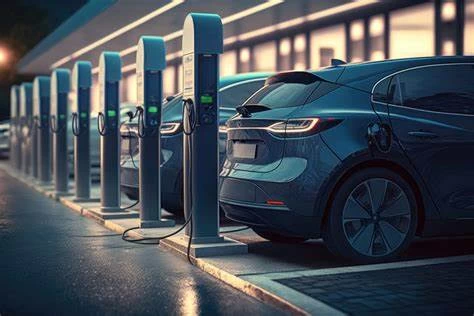As the world marches towards sustainable and eco-friendly solutions, electric vehicles (EVs) continue to gain momentum, providing a cleaner alternative to traditional gasoline-powered cars. With an ever-growing demand for EVs, the need for accessible charging infrastructure has become crucial. In this article, we will explore the latest developments and statistics surrounding electric vehicle charging stations.
Recent Developments in EV Charging Infrastructure
Several countries, including the US, China, and European nations, have recognized the importance of EV charging infrastructure and are investing heavily in its growth. Some key recent developments include:
1.Expansion of charging networks: Major charging network providers, such as Tesla, ChargePoint, and IONITY, are continuously expanding their reach, with thousands of new charging stations being installed every year.
2. Government initiatives: Governments worldwide are introducing policies and incentives to encourage EV adoption and support charging infrastructure development. For example, the US government has proposed a $174 billion investment plan to accelerate the transition to electric vehicles, including funding for charging stations.
3. Technological advancements: Innovations in charging technology, such as ultra-fast chargers and wireless charging systems, are making it easier and more convenient for EV owners to charge their vehicles.
4. Collaborations between automakers and charging providers: Automakers like Volkswagen, General Motors, and Ford are partnering with charging station providers to ensure a seamless charging experience for their customers.

EV Charging Infrastructure Statistics
The growth of EV charging infrastructure is evident in the increasing number of public and private charging stations around the world. Here are some key statistics:
1. As of 2021, there were approximately [7.3 million] (https://www.iea.org/reports/global-ev-outlook-2021) public and private EV charging stations globally, of which 30% were publicly accessible.
2. China, the largest EV market, had over 1.68 million charging points by the end of 2021, accounting for almost a third of all charging stations worldwide.
3. In Europe, the number of charging stations is expected to grow from 285,000 in 2021 to more than 3 million by 2030, according to [European Automobile Manufacturers Association] (https://www.acea.auto/news/electric-vehicle-charging-infrastructure-needs-to-grow-rapidly-in-europe/).
4. The United States is also witnessing a rapid growth in EV charging infrastructure, with over 115,000 charging outlets and nearly 43,000 charging stations as of September 2021, according to the [U.S. Department of Energy] (https://afdc.energy.gov/data_download).
5. Fast-charging stations, which can significantly reduce charging times, are becoming more common. By 2021, around 15% of all public charging stations worldwide were fast chargers.
Conclusion
As the demand for electric vehicles continues to rise, the development of charging infrastructure is essential to support this growth. With significant investments, government initiatives, and technological advancements, the number of EV charging stations is expected to grow rapidly in the coming years, making electric vehicles a more viable option for consumers worldwide.


